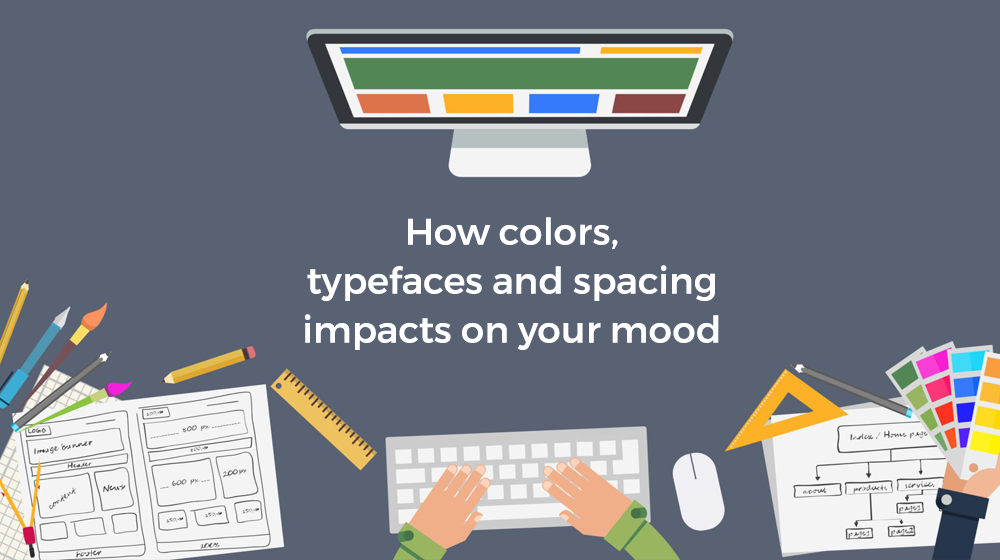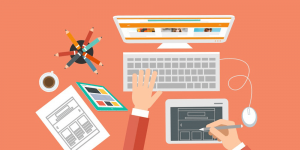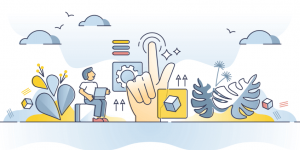
Delivering the right content and making it look attractive doesn’t make a good website. A website is not just about how does it look, but it is also about how does it makes the visitors feel. Visitors create an image of your site and your organization too in their minds about on visiting and using your website. The image can be negative or positive, but it depends in your hands how well you deliver the designing content.
The UI/UX designers can produce effective and attractive visuals so as to play into the psychology of their viewers and all this can be done with the help of body of knowledge that has been created over the period of years. This can be successfully implemented and achieved only if you gather information regarding different web design elements and study it well, also if you get to understand that how it affects the attitude, mood and experience of the people visiting your website.
The below mentioned are the aspects of website design and development and affects the psychology of the website visitors to the maximum.
1. Space
The space taken on the site should be carefully and precisely defined so as to leave a positive impact on the minds of the visitors. There is a term called as White Spaces which does not contain any content or visual element. White space is the resting place for the visitors due to which the importance of White Space is quite high in the designing work especially when it comes to web designing. The white spaces are mostly positioned in margins and around the things. The absence of white space can give your visitor a bad experience of using your site as it get chaotic and visitors get nothing to rest their eyes. Keeping accurate white space between the content makes it easy for the visitor to differentiate between what is important and what is not.
2. Typography
Typography helps you deliver lot of emotions and feelings to the visitors of your site. The advancing technologies like CSS3 have helped us find a lot of typefaces which are now being used on the sites. Typefaces are designed in a way that it can be used for specific situations and for some specific uses too. Some of the most common typefaces are:
- Serif fonts like Times New Roman are connected with professionalism, seriousness and scholarly
- Sans Serif fonts like Helvetica give you more of a modern, clean but an informal look
The use of serif fonts is more when we need to convey feeling of traditions or importance of knowledge. Whereas, Sans Serif fonts conveys a sophisticated and upscale content.
3. Content
Content is called to be the driving force for the websites. With the help of the content, Web design gives an access to the visitors coming to your site to find the information they are looking for easily and quickly. Earlier the content used to be filled in with 8000-10000 words which made if difficult for the visitors to find the required information and gave them a bad experience overall. But in today’s web design the content is bound to be organised and edited so as to provide right and adequate information to the visitors of your site. It is advisable to provide the right, easy to read, concise and professional information on your site to give visitors a better experience.
4. Color
Colors also play a significant role in giving visitors the best experience. The usage of colors on your site affects the feelings of the visitors on visiting your site. Using neutral colours like tints, shades and hues of whites and grays lets the user to rest their eyes while they are on your site. Cooler colors like more of blues, greens and purples delivers professional, inviting and gives a cold but at times unfriendly feeling too. Whereas Warmer colors like more of yellows, reds, oranges gives a soothing and warm feel but at times can also give your users negative feeling like anger and stress.
Also Read:- Importance of UI and UX in Mobile App Development






